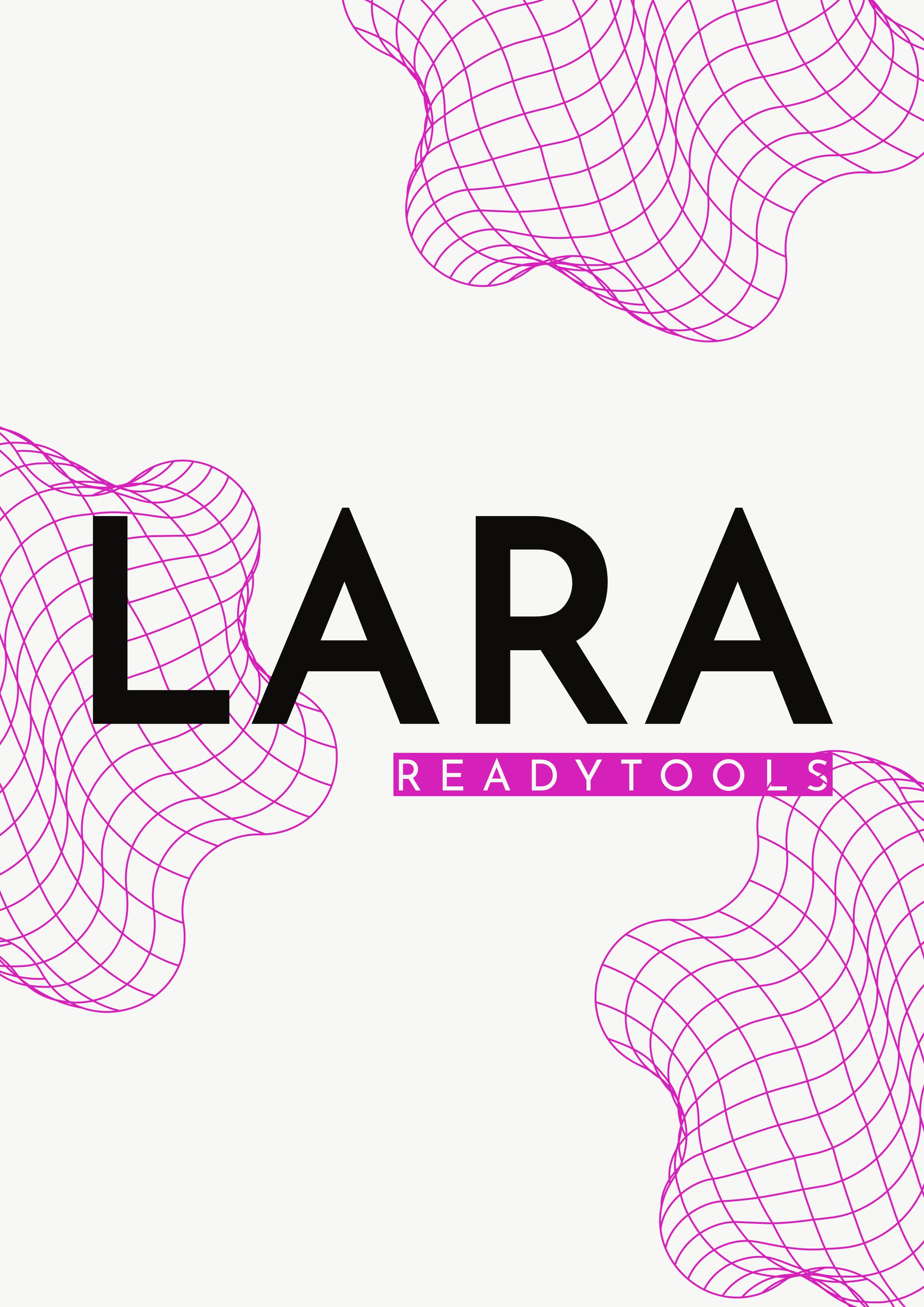Applications of Sets
Sets are not merely theoretical concepts but are useful in numerous scientific and everyday areas. The language of set theory allows us to describe various problems clearly and precisely. Let's see how sets appear in practice.
Sets in Mathematics
Set theory is the foundation of almost every branch of mathematics. Number sets (ℕ, ℤ, ℚ, ℝ) are all sets with different properties. Algebra, analysis, and combinatorics all build on the set concept.
- The set of natural numbers (ℕ) → basis of arithmetic.
- The set of rationals (ℚ) → foundation of fractions and proportions.
Sets in Statistics
In statistics, sets help define events, samples, and populations. Probability calculations often use unions, intersections, and complements of sets.
- Sample space in probability → a set of all possible outcomes.
- Events as subsets → intersection for 'and', union for 'or'.
Sets in Logic
Logical statements can be modeled with sets: true statements as elements of a set, operations like conjunction (intersection) and disjunction (union).
- Truth values → set {true, false}.
- Logical connectives → set operations.
Sets in Information Theory
Data structures like databases use sets for queries and relations. Venn diagrams visualize set operations in information visualization.
- Database queries → set intersections and unions.
- Venn diagrams → suitable for statistical group visualization.
Everyday Examples
- Items on a shopping list → can be interpreted as a set.
- Modes of transportation (bus, train, tram) → can be arranged into a set.
- Friend list on social media → also a set that can intersect with others' sets.
Summary
The application of sets is very broad: from mathematics through statistics, computer science, and logic to everyday life everywhere. Understanding them helps organize information and solve problems effectively.
Practice Exercise
We have reviewed and checked the materials, but errors may still occur. The content is provided for educational purposes only, so use it at your own responsibility and verify with other sources if needed.
✨ Ask Lara — your AI study partner
Unlock personalized learning support. Lara can explain lessons, summarize topics, and answer your study questions — available from the Go plan and above.
Lara helps you learn faster — exclusive to ReadyTools Go, Plus, and Max members.


